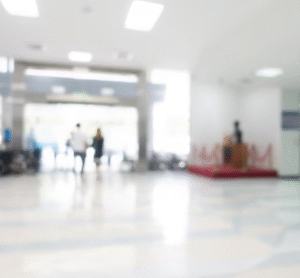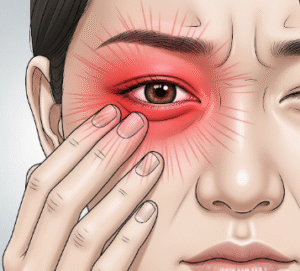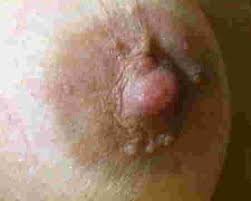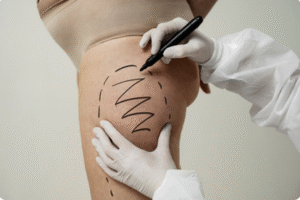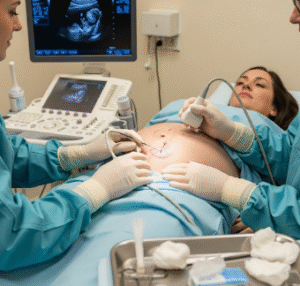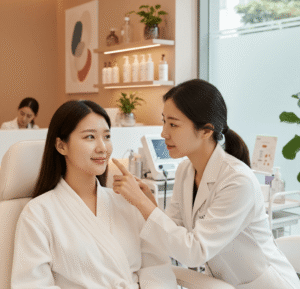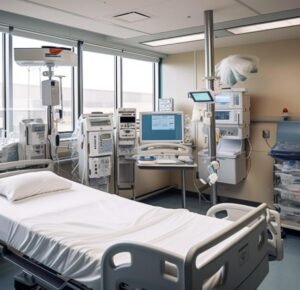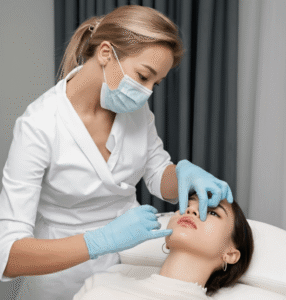What It Is
Revision rhinoplasty is a secondary nasal surgery performed to correct or improve the results of a previous rhinoplasty. It addresses both aesthetic and functional concerns that may arise after the initial procedure, such as asymmetry, over- or under-correction, nasal tip deformities, breathing difficulties, or dissatisfaction with the overall shape. Revision rhinoplasty is more complex than primary rhinoplasty due to scar tissue, altered anatomy, and limited cartilage availability. Korea is renowned for handling these complex cases with advanced techniques.
Why It’s Done
Patients seek revision rhinoplasty for several reasons:
- Aesthetic concerns: Uneven or unnatural nasal shape, unsatisfactory tip or bridge contour, or over-reduction of nasal structures.
- Functional issues: Persistent breathing problems caused by internal nasal obstruction, collapsed cartilage, or septal deviations.
- Trauma after initial surgery: Accidental injury causing deformity post-rhinoplasty.
- Age or growth-related changes: Especially if initial surgery was done before nasal growth completion.
- Lifestyle and professional factors: Desire for improved facial harmony or appearance for personal or career reasons.
Alternatives
- Non-surgical rhinoplasty (liquid rhinoplasty): Temporary correction using fillers; suitable only for minor contour adjustments.
- Septoplasty or functional nasal surgery alone: If breathing is the primary concern and cosmetic changes are minimal.
- Waiting and observation: In minor cases, some swelling or minor irregularities may resolve naturally over time.
Preparation
Patients preparing for revision rhinoplasty in Korea should:
- Have a detailed consultation with a surgeon experienced in revision cases.
- Provide all previous surgical records, photographs, and operative notes if available.
- Undergo pre-operative tests, including blood work and nasal imaging (CT scans may be needed).
- Avoid smoking and alcohol at least 2 weeks prior.
- Discontinue medications that may affect bleeding, such as aspirin or NSAIDs.
- Discuss realistic expectations regarding achievable outcomes.
How It’s Done
- Anesthesia: General anesthesia is typically used.
- Surgical approach:
- Closed revision rhinoplasty: Incisions inside the nostrils; suitable for minor adjustments.
- Open revision rhinoplasty: Incision across the columella; preferred for significant corrections.
- Surgical techniques:
- Scar tissue removal and release.
- Cartilage grafting (septum, ear, or rib) to reconstruct structural deficits.
- Bone realignment or osteotomies if necessary.
- Tip refinement or bridge reconstruction for aesthetic balance.
- Duration: 3–5 hours depending on complexity.
- Hospitalization: Often outpatient, but complex cases may require short-term admission.
Recovery
- First week: Swelling, bruising, nasal splint in place; limited nasal breathing.
- 1–2 weeks: Removal of stitches and splint; bruising begins to fade.
- 1–3 months: Swelling continues to decrease; nasal shape gradually improves.
- 6–12 months: Final results stabilize, though minor refinements may continue up to a year.
Possible Complications
- Swelling and prolonged bruising
- Nasal obstruction or breathing difficulty
- Infection or bleeding
- Scar tissue affecting final results
- Need for further revision if expectations are not met
- Numbness or altered sensation in nasal tip
Treatment Options in Korea
Korea is highly regarded for revision rhinoplasty due to:
- Expert surgeons specializing in complex nasal reconstructions.
- Advanced technology: 3D imaging and custom cartilage grafting for precision.
- Innovative techniques: Diced cartilage fascia (DCF), rib cartilage reconstruction, and minimally invasive approaches.
- Cost-effective care: High-quality outcomes at competitive prices compared to Western countries.
- International patient programs: Comprehensive support including translation, accommodation, and recovery assistance.
- Proven track record: High success rates in correcting both aesthetic and functional issues, maintaining natural appearance.


